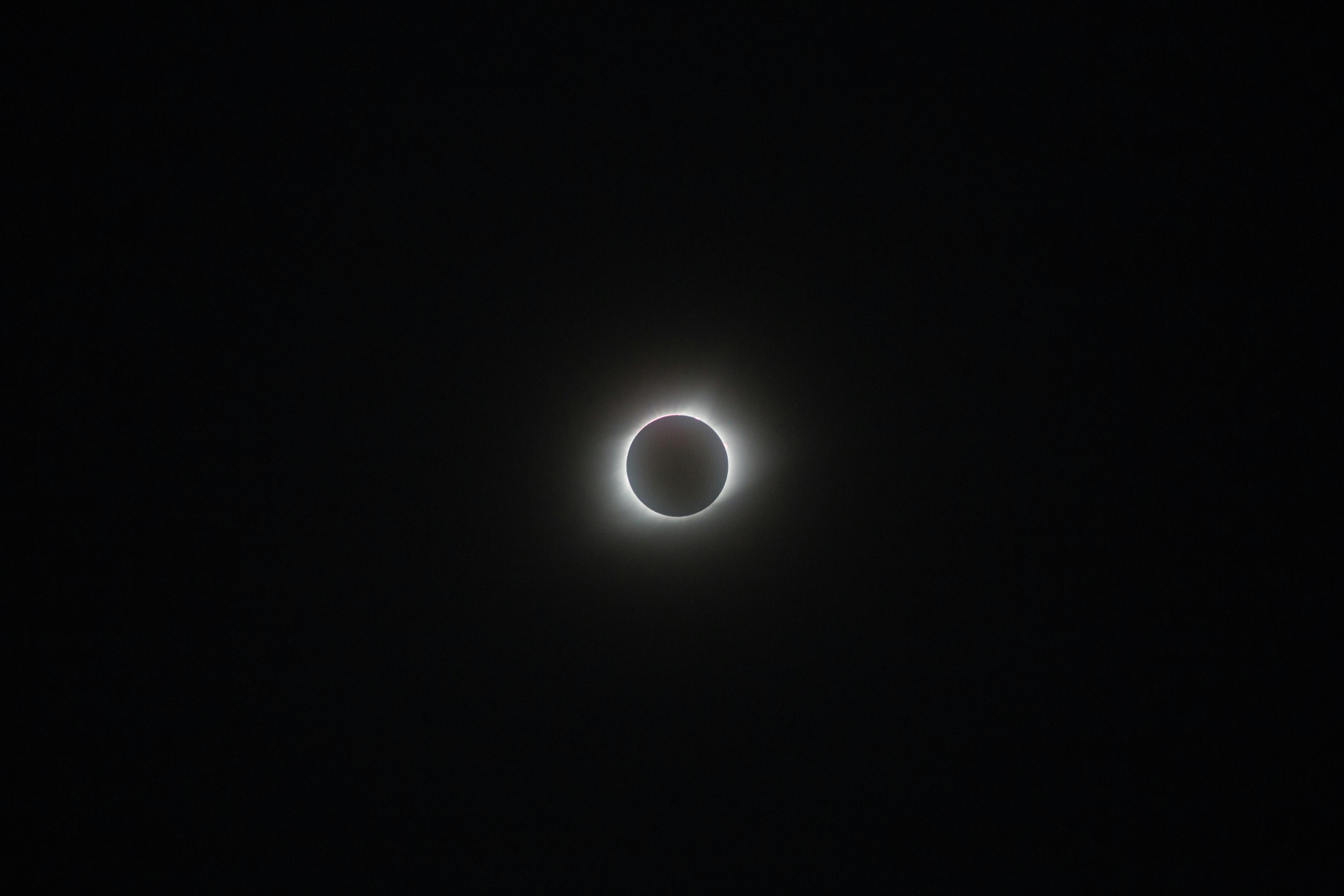Do blueberries need full sun to survive and thrive? This is a question that many gardeners have asked, and it is an important one. The answer depends on what type of blueberry you are growing, as some varieties need more sun than others. In this article, we will discuss the different types of blueberries and explore the importance of providing them with full sun. We will look at how much sun each type needs, as well as other important factors for keeping blueberries healthy. We will also explore the benefits of growing blueberries in full sun and provide tips on how to create the best environment for your plants.The ideal sunlight for blueberries is full sun, or 6-8 hours of direct sunlight per day. Blueberries thrive in warm climates and will produce more bountiful harvests when exposed to more direct sunlight. When planted in shadier spots, blueberry plants may struggle to produce the same quantity of fruit.
How Much Sun Should Blueberries Get?
Blueberries need a lot of sunlight to grow and thrive. In general, blueberries should receive at least 6 hours of direct sunlight each day. However, they can tolerate some partial shade as well. If the blueberry bushes are planted in a location that receives less than 6 hours of direct sun, the plants may need supplemental lighting to ensure proper growth and fruiting. Additionally, blueberries should be protected from strong winds and intense afternoon sun, as these can damage the plants and reduce yields. With adequate sun exposure and adequate protection from wind and heat, blueberry plants should bear fruit in 2-3 years.
It is important to note that different varieties of blueberry have different requirements when it comes to sunlight. Highbush blueberry varieties require full sun for optimal growth, while Rabbiteye varieties can tolerate partial shade. When selecting a variety of blueberry for your garden, it is important to consider the climate and sun exposure available so that you can select a variety that will thrive in your particular environment.
Overall, blueberries need an ample amount of sunlight in order to produce fruit; however, they do not require full sunshine all day long. With adequate protection from wind and heat, and some supplemental lighting if necessary, even shadier locations can be suitable for growing healthy blueberry bushes with abundant yields.
Does Full Sun Help Blueberries Grow?
Yes, full sun does help blueberries grow. Blueberries need plenty of sunlight to produce a healthy crop. Full sun means that the blueberry plants will receive at least six hours of direct sunlight per day. Blueberries need a minimum of six hours of direct sunlight per day for optimal growth and fruit production. If they don’t get enough sunlight, the plant won’t produce as much fruit or won’t grow as large as it could if it received more light. Additionally, without enough sunlight, the blueberry plants may become leggy and have less foliage than desired.
The best time for blueberries to receive full sun is during the warmer months when temperatures are higher and days are longer. During this time, blueberry plants should receive at least eight hours of direct sunlight per day for optimal growth and fruit production. If possible, it’s also beneficial to give them some shade during the hottest parts of the day to help them stay cool and prevent leaf scorch or burn due to excessive heat exposure.
Blueberries also need good air circulation for optimal growth and fruiting. Without good air circulation, fungal diseases can quickly take hold on the leaves and stems of the plant and reduce yields significantly. Good air circulation is especially important in areas with high humidity levels where fungal diseases tend to be more common. Planting in raised beds with plenty of space between plants is a great way to ensure adequate air circulation for your blueberry plants.
In conclusion, full sun is essential for growing healthy blueberry crops that will produce an abundant harvest each year. It’s important to make sure that your blueberry plants get at least six hours of direct sunlight each day during the cooler months and eight hours during the warmer months for optimal growth and fruiting potential. Additionally, good air circulation is also essential for keeping your blueberry plants healthy and free from disease so make sure you provide plenty of spacing between your plants when planting in raised beds or containers.
Pros of Planting Blueberries in Full Sun
Blueberries are one of the most popular fruits for home gardeners. Growing blueberries in full sun can provide many benefits, including increased yield and improved flavor. The sunlight helps to ripen the berries faster, which can result in a higher yield and sweeter fruit. The sun also helps to keep the plants healthy by providing the necessary light for photosynthesis. Additionally, blueberry plants grown in full sun are less prone to disease and pests than those grown in partial shade or full shade.
Cons of Planting Blueberries in Full Sun
The main disadvantage of planting blueberries in full sun is that they require more water than those planted in shadier areas. Additionally, too much direct sunlight can cause the berries to burn or become too soft, resulting in an inferior quality harvest. Too much heat can also cause the plants to produce fewer flowers, which will reduce yields. Finally, without adequate water or irrigation, the plants may suffer from drought stress and could even die during particularly hot spells.
What Happens if Blueberries Don’t Get Enough Sun?
Blueberries need plenty of sunlight to thrive. Without adequate sunlight, the plant will begin to suffer, leading to a decrease in production and size of the fruit. When plants don’t get enough light, they will produce smaller and fewer berries that may not taste as sweet. The leaves may also start to yellow and drop off if they don’t get enough sun. Furthermore, blueberry plants are highly susceptible to diseases such as root rot and fungus if they aren’t exposed to enough light. In short, without full exposure to sunlight, blueberry plants will not be able to reach their full potential and may eventually die off if left in the shade for too long.
It is important to provide your blueberry plants with ample sunlight when planting them in your garden or yard. They should have about 6-8 hours of direct sunlight each day for optimal growth and fruiting. If you are unable to provide this much direct sunlight, you can supplement it with artificial lighting such as fluorescent or LED lights. Finally, make sure that the area around your blueberry bushes is free from any tall trees or buildings that could cast a shadow over them during parts of the day. By providing enough light for your blueberry plants, you can ensure that you get delicious fruit for years to come!

Are There Any Alternatives to Full Sun for Growing Blueberries?
Blueberries are a delicious and nutritious fruit that can be grown in many areas. But they require full sun in order to thrive and produce a good crop. This can be challenging if you don’t have an area with full sun, or if you live in an area that doesn’t get much sun. Fortunately, there are some alternatives to full sun for growing blueberries that can still provide you with a bountiful harvest.
One of the most popular alternatives is to grow blueberries in containers. Containers allow you to move the plants around so they get enough sunlight throughout the day, and can also make it easier to protect them from extreme temperatures or other environmental conditions. You will need to use a soil specifically designed for container gardening, as well as making sure your containers are large enough for your plants to grow properly.
Another alternative is growing blueberries under shade cloths or fabric netting. These fabrics help filter sunlight and keep temperatures cooler, while still providing your plants with enough light for photosynthesis and growth. Shade cloths also help reduce the amount of water lost through evaporation, which can make it easier to maintain a consistent level of moisture in the soil.
Finally, you can also look into growing blueberries in high tunnels or greenhouses. High tunnels provide some protection from extreme weather conditions like frost and hail, while still allowing plenty of light into the structure for your plants to grow properly. Greenhouses offer even more protection from the elements but will require more upfront costs unless you build your own structure out of recycled materials or found objects.
No matter what method you choose, it’s important to research what types of light and other environmental conditions are best suited for blueberry plants before getting started. With proper care and maintenance, you should be able to enjoy a bountiful crop of delicious blueberries even without full sun!
Different Types of Blueberry Plants Require Different Amounts of Sunlight
Blueberries are a popular fruit and are grown in many gardens. While they require similar environmental conditions to thrive, different types of blueberry plants have different sunlight requirements. Highbush blueberries prefer full sun and need at least six hours of direct sunlight each day. Rabbiteye blueberries can tolerate more shade, but still require at least four to six hours of direct sunlight. Lowbush blueberries can tolerate partial shade, although they will produce more fruit if they receive six or more hours of sunlight daily.
When selecting a location for your blueberry plants, you should consider the amount of sunlight the area receives throughout the day and choose a variety that best suits your needs. If you live in an area with hot summers, shade may be necessary to protect the plants from too much sun. In these cases, lowbush or rabbiteye varieties may be the best choice as they are more tolerant of partial shade than highbush varieties.
It is important to note that even when planted in an area with adequate sunlight, blueberry plants may not reach their full potential if other environmental conditions such as soil pH, water availability, temperature and fertilizer are not optimal for growth. Therefore, it is important to research the specific needs of each variety before planting and ensure that all conditions are met for optimal growth and fruiting potential.
In conclusion, different types of blueberry plants have different requirements when it comes to how much sunlight they need in order to thrive. Highbush blueberries need at least six hours of direct sunlight each day while rabbiteye and lowbush varieties can tolerate less sun but still require some amount every day for optimal growth and fruiting potential. When selecting a location for your plants, it is important to consider both the amount of sun available as well as other environmental factors such as soil pH and water availability in order to ensure that your blueberry bushes will thrive in their new home.
Protecting Blueberry Plants from Excessive Heat and Sunlight
Blueberry plants are extremely sensitive to extreme temperatures, especially excessive heat and sunlight. Prolonged exposure to direct sunlight can damage the leaves and berries, and high temperatures can cause the plant to become stressed or even die. To protect your blueberry plants from excessive heat and sunlight, there are a few simple steps you can take.
First, plant your blueberry bushes in a location that is partially shaded or protected from direct sunlight for at least part of the day. If this isn’t possible, then you should use shade cloths or other materials to provide some additional cover. Additionally, you should make sure that the soil is kept moist by regularly watering it. This will help reduce stress on the plant due to temperature fluctuations.
If your blueberry plants are already established in an area with full sun exposure, then you should consider planting taller ornamentals such as trees or shrubs around them to provide some natural shade. These plants should be placed at least 2-3 feet away from the blueberry bushes so that they do not crowd them out or interfere with their growth. Additionally, you should mulch around the base of the blueberries with organic material such as straw or wood chips to help keep the soil cool and moist in hot weather.
Finally, if extreme temperatures are forecasted for an extended period of time, it is important to monitor your blueberry plants closely for signs of stress such as wilting leaves or fruit drop. If necessary, you can cover the plants with a light fabric such as burlap during these periods of extreme heat in order to protect them from excessive sun exposure. Taking these precautionary steps will help ensure that your blueberry plants remain healthy throughout the summer months.

Conclusion
In conclusion, blueberries are a unique fruit that thrive in full sun but require careful management. They need plenty of water, mulch and fertilizer to maintain healthy growth and produce large fruits. Blueberry bushes can also benefit from pruning and trellising to help them reach their full potential. With the right care and attention, blueberry bushes can provide a bountiful harvest of delicious fruit for years to come.
For those looking to grow their own blueberries, full sun is essential for optimal fruit production. However, proper management will be necessary in order to keep the plants healthy and productive over time. With the right combination of sun, water, mulch and fertilizer, anyone can enjoy the sweet reward of homegrown blueberries.



